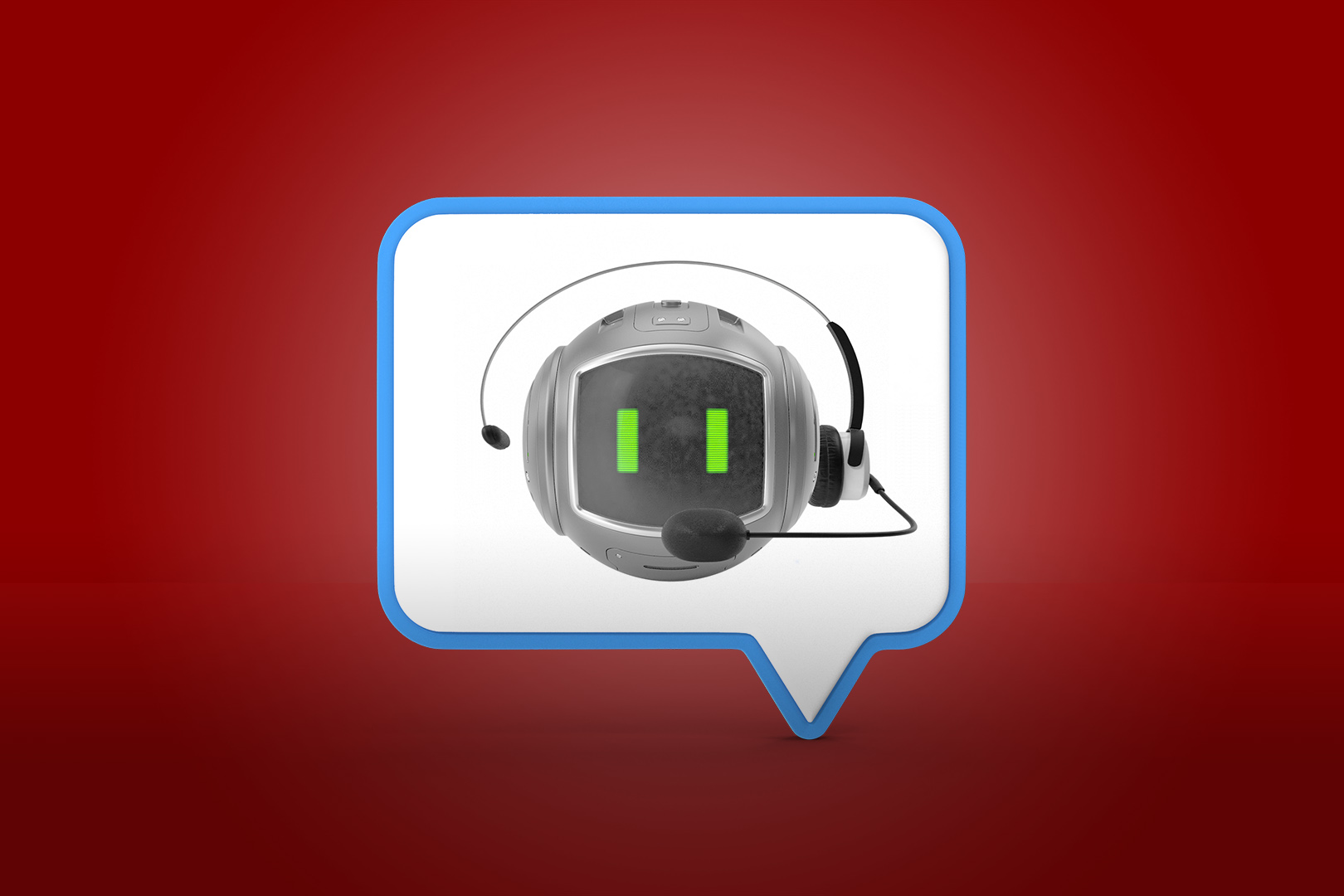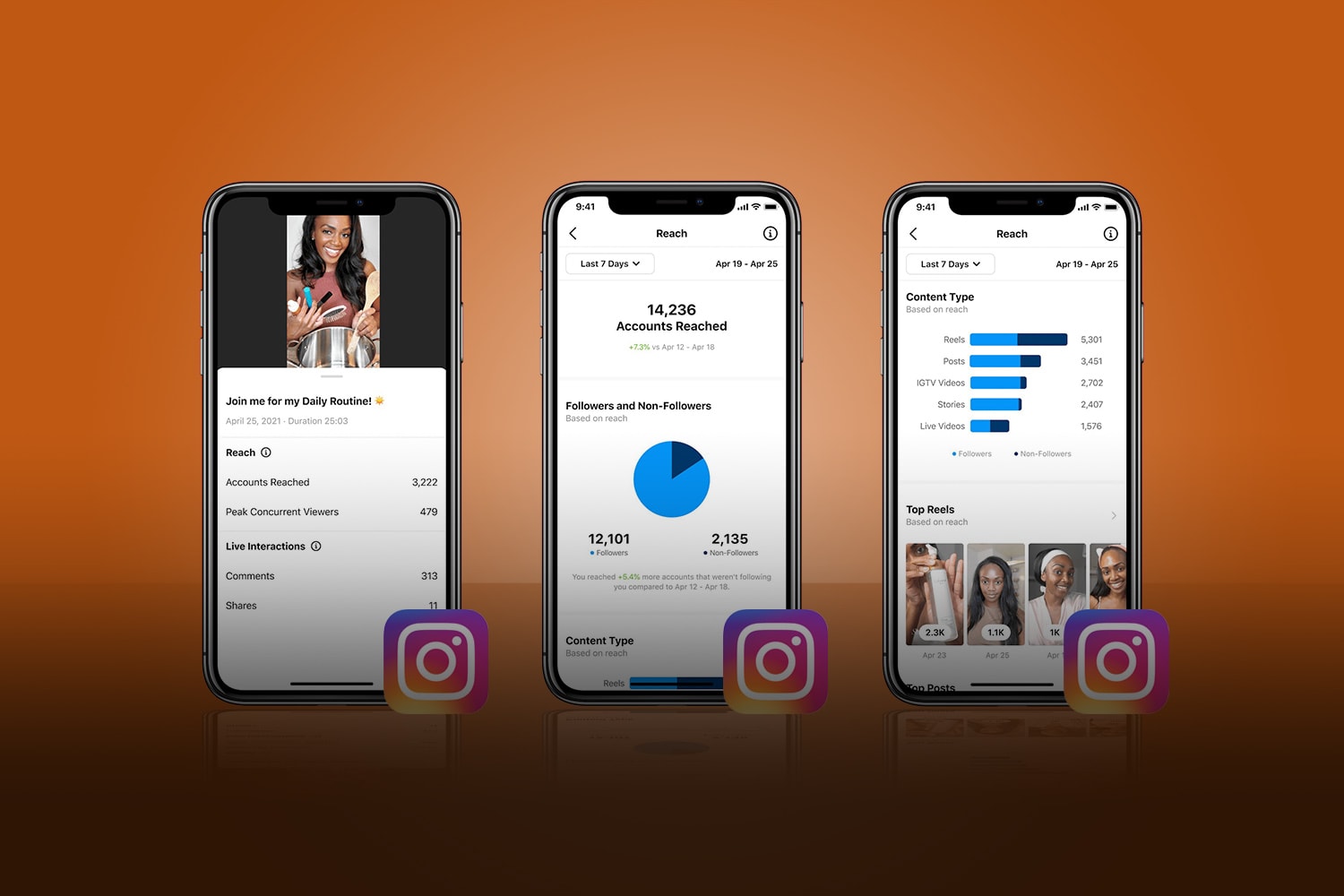Back at the start of computer AI, things were a little more clunky, and a lot more sci-fi feeling. But over the last 50+ years, since the time when the first chatbot name ELIZA was developed, artificial intelligence has definitely come a long way.
What used to be simple question and answer-type computing has now evolved to something almost human-like. Enough to make some of us do a double-take at who/what we’re really chatting with.
Did you know that 84% of customers have stopped doing business with a brand due to a poor customer experience? That can feel like a lot of pressure to get it right. So let’s get down to what makes a good chatbot, and how employing one can improve your brand image.
What do consumers want from an AI Chatbot?
We as consumers can be quite fickle these days. New trends in shopping can seem to appear overnight, but can also quickly die out. Audiences can switch focus on what entertains them, where they find their news, and how they research brands and topics on their radar.
But not all is lost, because there are plenty of noticeable consumer habits that are predicted to last (at least in some iteration) for years to come. Things like monthly subscriptions, digital shopping, grocery deliveries—all amplified by the events of 2020—have become fast habits for many households.
Consumers need a chatbot that can help them with these tasks. When a delivery doesn’t come as planned, they have questions about what they received. Many consumers look to chatbots as an updated form of a website’s Q&A, but others need support with more nuanced issues.
Utilizing a system that can help with all of these things is key. Especially options that allow for a human customer service representative to be called into that chat as necessary. No one wants to be going in circles with automated responses that aren’t solving their problem.
Do you have a chatbot incorporated into your site? The best way to know if it’s providing proper CX is to try it out yourself from time to time. How does it handle conversation? Did you get your answer in the least amount of steps? How easy is it to access a customer service representative?
Facebook chatbots, and other social options
The other major thing to consider with chatbots, and really all customer service, is how they may differ across all the platforms your customers are using to interact with your company. Do you have Facebook or other social accounts set up? Does your website chatbot integrate with these channels?
In addition to a chatbot service, it may be valuable for your company to utilize a dashboard-type service for the backend that allows you to aggregate all of the platform messages into one place. These types of services allow you to give a unified front.
Many of these aggregate platforms can save money by employing AI of their own. One computer system can organize chatbots and customer service representatives together, and determine what an incoming message needs before handing it over to the correct area.
Although chatbots are computer systems ready to spit out planned answers, they can still play into how customers view your brand on a human level, just like the stat we shared at the start of this article. Chatbots can be used to save customers time, help them find answers more quickly, solve their problems, and move them along to customer service associates when needed.
Choosing the right chatbot
As with most things, finding the correct chatbot platform depends on your needs. Website traffic, customer interactions and budget all play into how robust of a service your company should use.
For larger companies and ecommerce sites, running several platforms with customer interactions, a premium service like Botsify is a good option. They can connect to multiple platforms to help customers in a variety of aspects to simplify customer service.
Another great option out there is Freshchat. This company provides multiple tiers of services, including a free trial, which can really be useful for a growing business. Every tier has slightly different levels of support, and can be increased as your needs grow without the trouble of changing chatbot companies.
Chatfuel is a third, and possibly more cost effective option of the three. The benefit to this platform is they have a free option for those needing only basic support, but also options to scale up to paid plans if desired.
How you utilize your chatbots may differ depending on your customer needs, but the one thing that should remain a priority: how your offerings can save them time and hassle, and keep their customer loyalty strong.

